#lavandula
Text
rhythm doctor oc refs!


they are my silly billys :>
7 notes
·
View notes
Photo
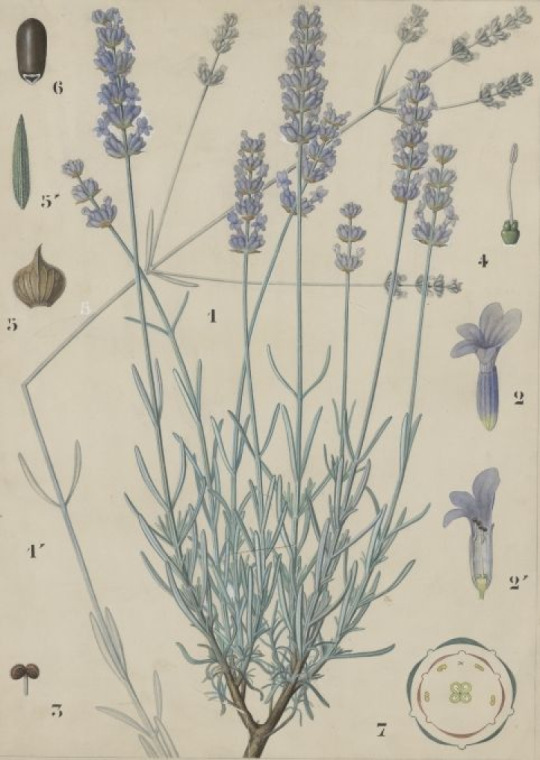
Lavandula officinalis - Johann Wilhelm Weinmann , 1737.
German , 1683-1741
Illustration
124 notes
·
View notes
Photo
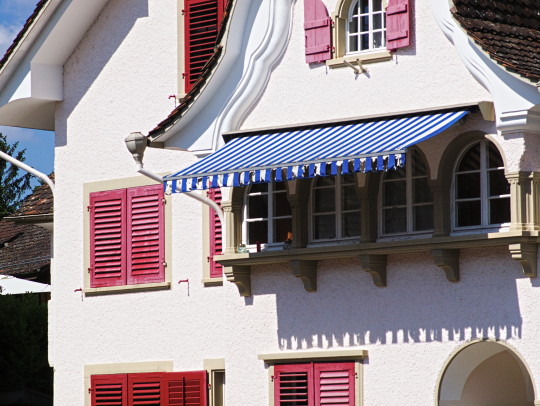
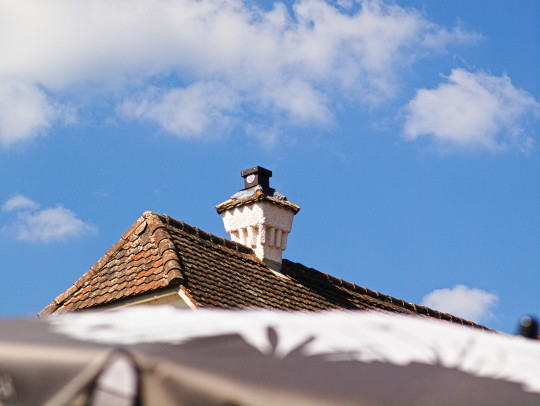



June 11, 2023
38 notes
·
View notes
Text
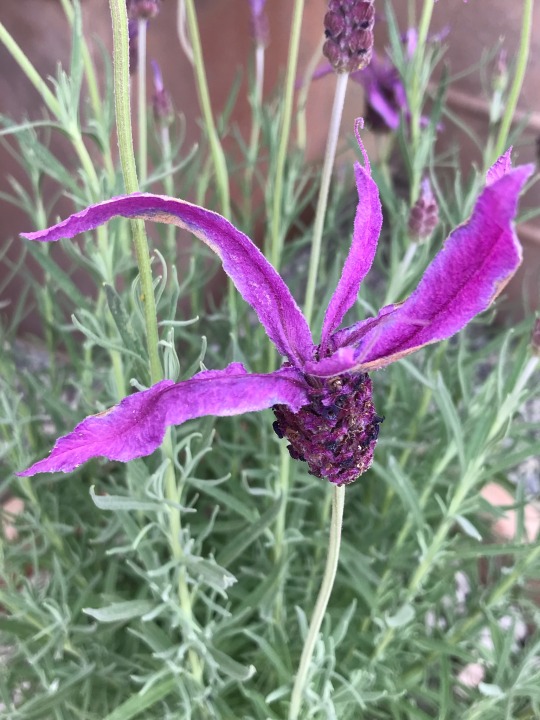



Plant of the Day
Saturday 4 June 2022
The pink-violet brackets of Lavandula stoechas 'Papillon' (butterfly lavender) contrasted well with the grey background and terracotta pots of this container display. This small, evergreen shrub has narrow, grey-green leaves, and is drought tolerant.
Jill Raggett
#lavandula#butterflylavender#lavender#pinkflowers#evergreenshrub#drygarden#greyfoliage#smallshrub#plants#writtledesign#gardens#horticulture#garden#containerdisplay#containers#chelseaflowershow
164 notes
·
View notes
Text
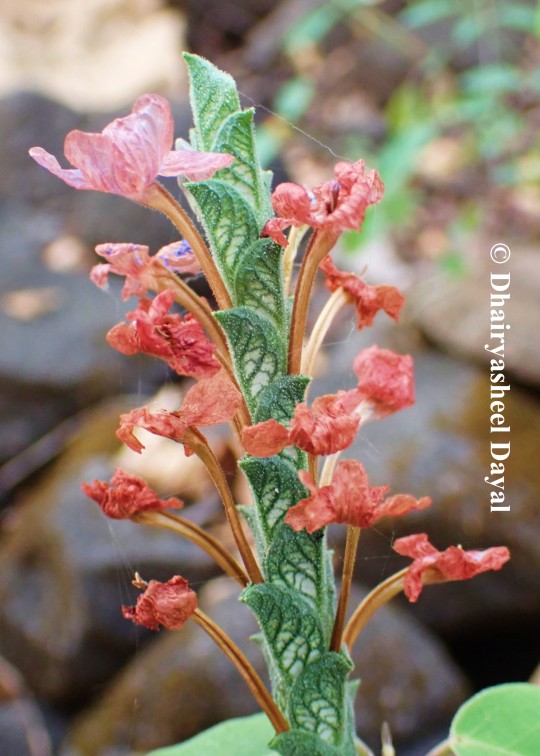


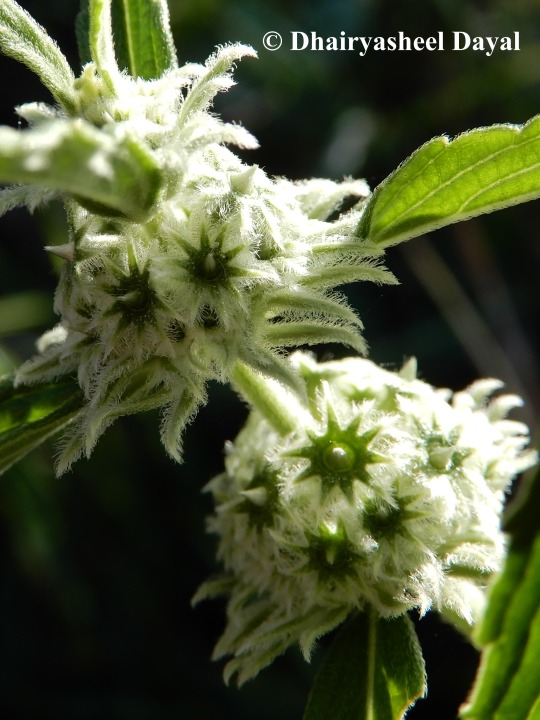
Remains of Flowers.
#remains of flower#remains of flowers#flower remains#flower#flowers#lavandula#eranthemum roseum#leucas#flower structures#botany#flora#plants#biodiversity of western ghats#photography
2 notes
·
View notes
Text
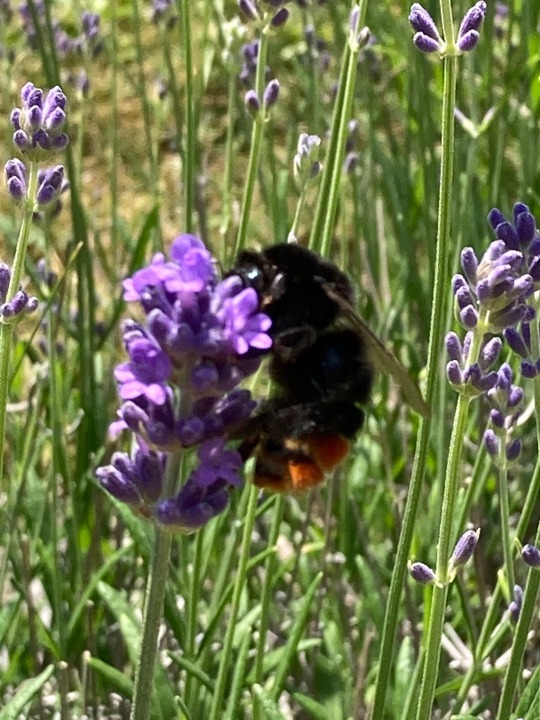
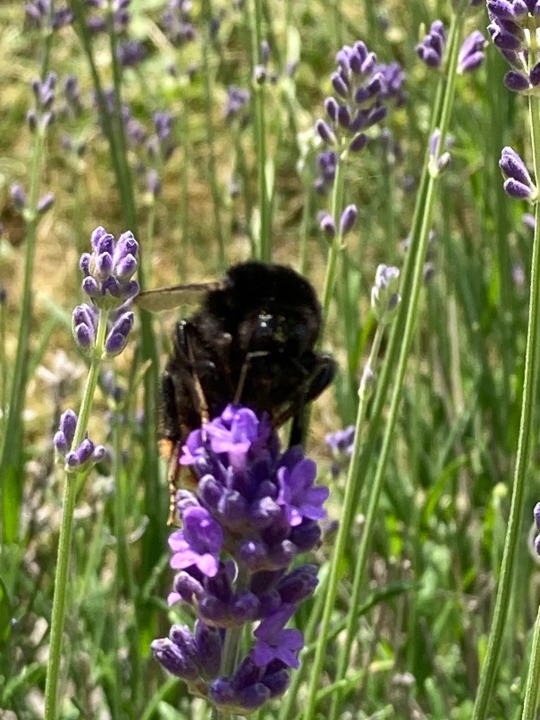
#bumblebee#bees#bombus#apiaceae#insects#lavender#lavandula#flowering herbs#linnaean gardens#botanical garden#uppsala#sweden
5 notes
·
View notes
Text

Unisex Hoodie - LAVANDULA FIELD by Van Gogh
#art#beauty#design#diy#fashion#fashionblogger#fashionbloggers#van gogh#lavandula#street style#style#art style#streetwear#street art#trendingnow#trends#christmas tree#trending news#trendingtopics#lifestyle#trending#viral#2024#spring 2024#hoodie#hoody#winter wear#sweatshirt#backpack#backprint
2 notes
·
View notes
Text
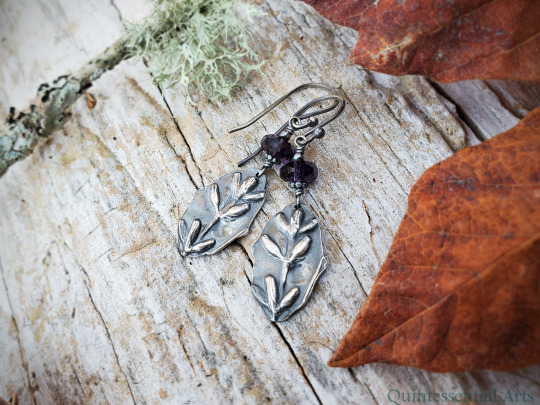
Etsy | Facebook | Instagram
Victorian Style Lavender Earrings
#lavender#lavandulaangustifolia#lavandula#lavenderflowers#lavenderflower#lavenderjewelry#flowerjewelry#flowerearrings#lavenderearrings#naturejewelry#natureinspired#darkelf#elvenjewelry#herbalist#darkmori#strega#naturewitch#forestwitch#bruja#witchy#witches#witchcraft#witchjewelry#witchyjewelry#witchaesthetic#goth#pagan#pagansofinstagram#quintessentialarts
3 notes
·
View notes
Text

Garden log 3/31
5 seedlings from the farmers market added to the herb/strawberry raised bed. Clockwise from top right: Sorrel of some sort (forgot what I bought😌), 1 chamomile, 1 lavender (probably L. dentata), & 2 Mexican mint marigold (Tagetes lucida), which the seller told me tastes similar to tarragon but likes our climate better. That'll be delightful to have if true, but at worst I'll get nice little flowers.
Around the edges you can see overwintered rosemary, sage, lemon balm, and oregano. There's some thyme coming back as well, to the left among the strawberries, which are flowering now.
#garden log#herb garden#sorrel#mexican mint marigold#tagetes#lavender#lavandula#chamomile#garden2023
5 notes
·
View notes
Text
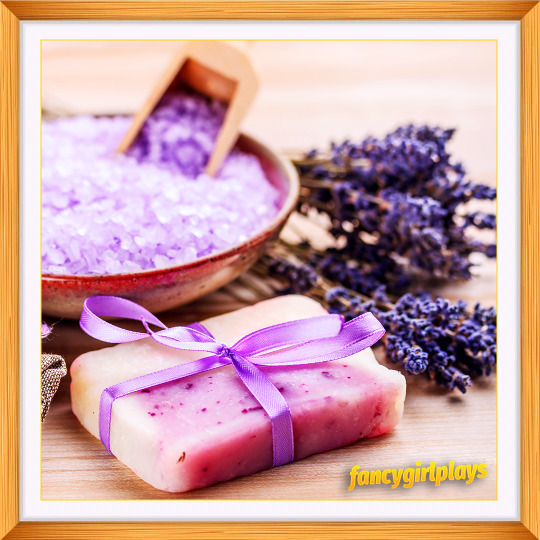
#aroma#aromatherapy#aromatic#bath#beauty#bowl#cosmetics#dry#flower#health#healthy#herb#herbal#Lavander#lavandula#lavender#relax#relaxation#salt#soap#spa#treatment#wellness#wooden#photography#interiors#painting#home decor#food#art
3 notes
·
View notes
Text


predator or prey
(first sketch inspired by a photo by candycane7 on reddit)
#regis#soren#debauchery#lavandula#crushed lavender#this is a lavauchery allegory#theyre not physically here but they are. its them and its not them. you understand#also sorry snake havers and lovers i have so little experience drawing snakes. dont look too closely at regis. look at soren instead#i saw the photo back in april and god its haunted me ever since#cw:#animal death
315 notes
·
View notes
Photo

Lavender growing in the hill above my school. We are having an Aromatherapy course! Starts on October 10. See more at jointheflow.net The price is 350€. There are so many ways to use lavender: Use 1gr daily in calming brews and tinctures. Place it fresh, in sugar layers, and use that sugar in teas, sweets and cocktails. Place it in your closets to repel moths. It is a member of Lamiaceae family. Photo is mine, all rights reserved. #lavender #lavandula #lavanduladentata #frenchlavender #aromatherapy #aromatherapist #essentialoilsrock #herbaleducation #wildfoodlove #wildfood #myherbalstudies #botany #greekflora #greekfood #wildherbs #foragingforfood #plantallies #herbalistsofinstagram #herbalremedies (at Greece) https://www.instagram.com/p/CiRriEaoxlr/?igshid=NGJjMDIxMWI=
#lavender#lavandula#lavanduladentata#frenchlavender#aromatherapy#aromatherapist#essentialoilsrock#herbaleducation#wildfoodlove#wildfood#myherbalstudies#botany#greekflora#greekfood#wildherbs#foragingforfood#plantallies#herbalistsofinstagram#herbalremedies
4 notes
·
View notes
Text
Beneficial Companion Plants for Fruit Trees
Prevent soil erosion, harmful pests, and hungry wildlife from damaging your fruit trees. Knowing which companion plants to grow around your fruit trees will keep them growing healthy and less susceptible to insect and animal invasion.

thetreecareguide.com gathered essential information on several highly beneficial companion plants to grow around your fruit trees.
What Do Companion Plants Do?
Planting companions to lure beneficial insects is called “habitat influence.” Companion plants attract beneficial insects so those bugs can feed on the bad, predatory, and destructive pests that would otherwise damage or destroy the fruit trees you want to protect. The practice of companion planting also benefits the surrounding soil by preventing erosion and - in many cases - fixing nitrogen. The most beneficial companion plants for fruit trees include:
Geraniums (Pelargonium)

Geraniums are known for their aromatic, green foliage, with their fragrance varying from plant to plant. This flowering plant can be found growing throughout the temperate regions of the world.
Size at Maturity - This species reaches 5 to 36 inches in height, depending on the variety
Benefits as a Companion - Geraniums are known to repel highly destructive insects like earworms, cabbageworms, and Japanese beetles
Attracts - Geraniums attract bees, butterflies, and hummingbirds
Repels - Geranium repels a variety of insects, including mosquitos and leafhoppers
Hardiness Zone - 3 through 9
Chamomile (Matricaria chamomilla)
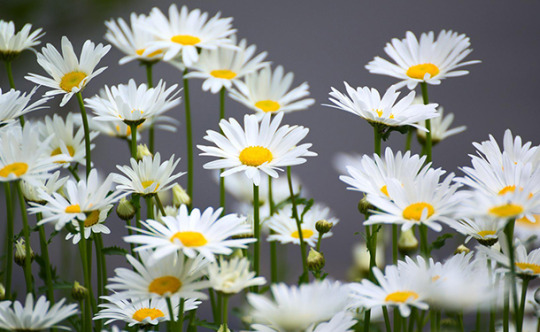
Chamomile, also spelled camomile, is any of various daisy-like plants from the aster family (Asteraceae). Chamomile tea, used as a tonic, an antiseptic, and in multiple herbal remedies, is made from English or Roman, chamomile (Chamaemelum nobile) or German chamomile (Matricaria chamomilla).
Size at Maturity - This species reaches 24 inches in height
Benefits as a Companion - Its anti-bacterial and anti-fungal properties have been applied for centuries in herbal gardening to support the healthy growth of trees, vegetables, and other annuals. Using chamomile as a companion plant is easy, effective, and packed with benefits for you and your fruit tree
Attracts - Hoverflies, beneficial wasps, ladybugs, and honey bees are attracted to chamomile
Repels - Chamomile repels ticks, mosquitoes, and flies
Hardiness Zone - 3 through 9
Wildflowers (Multiple species)
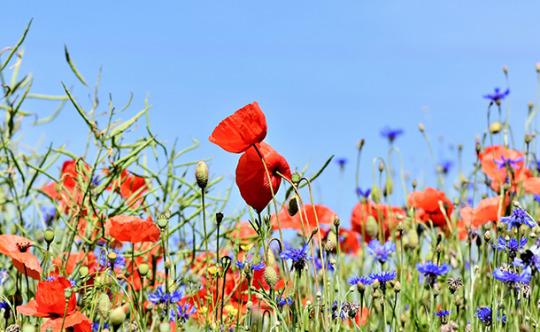
Wildflowers are flowers that grow without any help or intervention from people, growing naturally in their environment. Some may grow wildflowers in their garden, but most wildflowers are native plants and grow in woods, meadows, wetlands, or anywhere they adapted to grow.
Size at Maturity - Wildflowers reach a few inches to a few feet in height, depending on the species and variety
Benefits as a Companion - Wildflowers provide critical habitat for pollinators, beneficial insects, and wildlife, which is crucial for ecosystem function and pollination. Wildflowers can also improve soil health, prevent erosion, and improve water quality
Attracts - Bees, butterflies, hoverflies, and ladybugs which help to increase harvests and keep common pests like aphids under control
Repels - Flowers like daisies, red clovers, poppies, and wild carrots can act as natural pesticides by attracting useful (predatory) insects to repel nuisance pests
Hardiness Zone - All zones have cold-hardy wildflower species
Lavender (Lavandula)

Lavender is one of the most beloved floral scents we use today. Its soft purple buds symbolize grace, calmness, and even luxury. Lavender is so synonymous with serenity that it is associated with the crown chakra, known for its spiritual connection.
Size at Maturity - This species reaches 2 to 3 feet in height
Benefits as a Companion - Lavender attracts a variety of pollinators and deters rabbits and deer
Attracts - Lavender attracts butterflies, bees, and other beneficial insects to the garden, making it an excellent choice for a fruit tree companion
Repels - beetles, moths, fleas, mosquitos, flies, nematodes, rabbits, and deer
Hardiness Zone - 5 through 9
Marigolds (Tagetes)

Marigold flowers consist of multiple overlapping petals that get smaller and more condensed towards the flower’s center, similar to a carnation. The blooms may be single or double colored and can appear in varying yellow, orange, red, and maroon hues.
Size at Maturity - This species reaches 6 to 24 inches in height, depending on the variety
Benefits as a Companion - Marigolds attract bees, butterflies, and other pollinators. They attract predatory insects, like ladybugs, that feed on aphids and other pests. The limonene in marigolds can deter whiteflies, and the plant’s roots secrete chemicals that kill nematodes
Attracts - Spider mites, snails, bees, Japanese beetles, butterflies, and other beneficial pollinators
Repels - Whiteflies, nematodes, mosquitos, cabbage worms, squash bugs, tomato worms, wasps, and spiders
Hardiness Zone - 2 through 11
Best Companion Plants for Fruit Trees
In this article, you discovered species information on some of the most beneficial companion plants for your fruit trees.
Knowing what to plant around your fruit trees can help you improve soil structure, attract beneficial pollinators, and deter pesky insects and wildlife.
Not knowing about companion plants can leave your fruit trees susceptible to soil erosion, insect infestations, and reduced crops from poor pollination.
Sources:
scholar.lib.vt.edu/ejournals/JARS/v50n3/v50n3-dancer.html
ucanr.edu/blogs/blogcore/postdetail.cfm?postnum=17642
extension.umn.edu/planting-and-growing-guides/companion-planting-home-gardens
womensconference.byu.edu/sites/womensconference.ce.byu.edu/files/49e_1.pdf
erc.cals.wisc.edu/healthylakesgrants/files/2020/06/NativePlantCompanionGuide.pdf
For the original version of this article visit: http://www.thetreecareguide.com/beneficial-companion-plants-for-fruit-trees/
#Matricaria Chamomilla#Pelargonium#Lavandula#Tagetes#Marigolds#Lavender#Wildflowers#Chamomile#Geraniums#Companion Plants#Tree#Tree Care#TheTreeCareGuide#Tree Health
2 notes
·
View notes
Text

lavandula stoechas 🐝 spanish lavender

#lavandula#lavender#lavender flowers#flowers#flower photography#flowercore#bees#save the bees#bumble bees#bee photography#beecore#bumblebee#bumblebees#nature#naturecore#nature photography#cottagecore#photographers on tumblr#photography#original content#mine#actualized latitude
6 notes
·
View notes
Text

river, the lavender i got myself a couple of weeks ago, is getting flowers already! when i got it, it was leaves only, so really pleased. 🪻doesn't smell much yet, though, boo.
also, guess why they're called river.
#why is there not a lavender emoji#i'm a proud plant mom#only have the 3 at the mo though#'cause plants and their upkeep are expensive for my tiny budget#i will be drying some as soon as i can#i love lavender#kit's#pictures#plants#lavender#plantblr#flower#lavandula#plant parent
1 note
·
View note
Text




2 notes
·
View notes